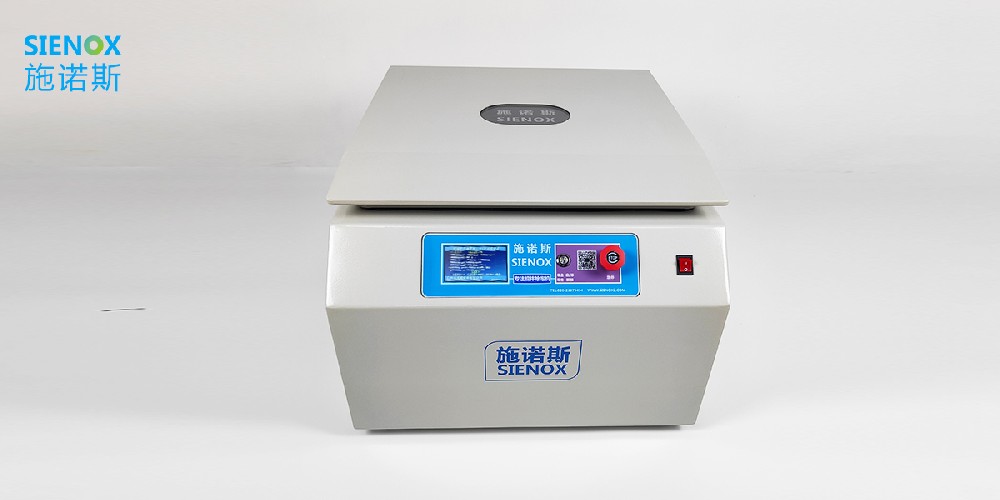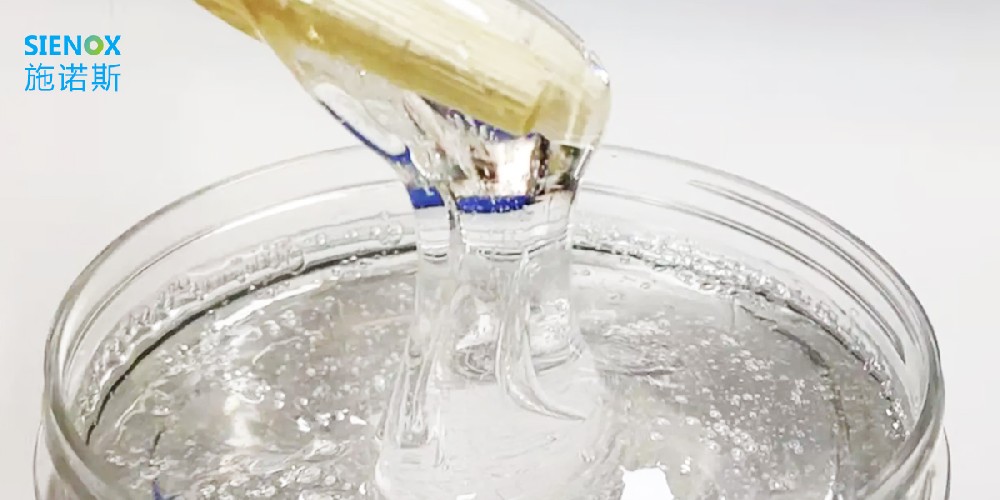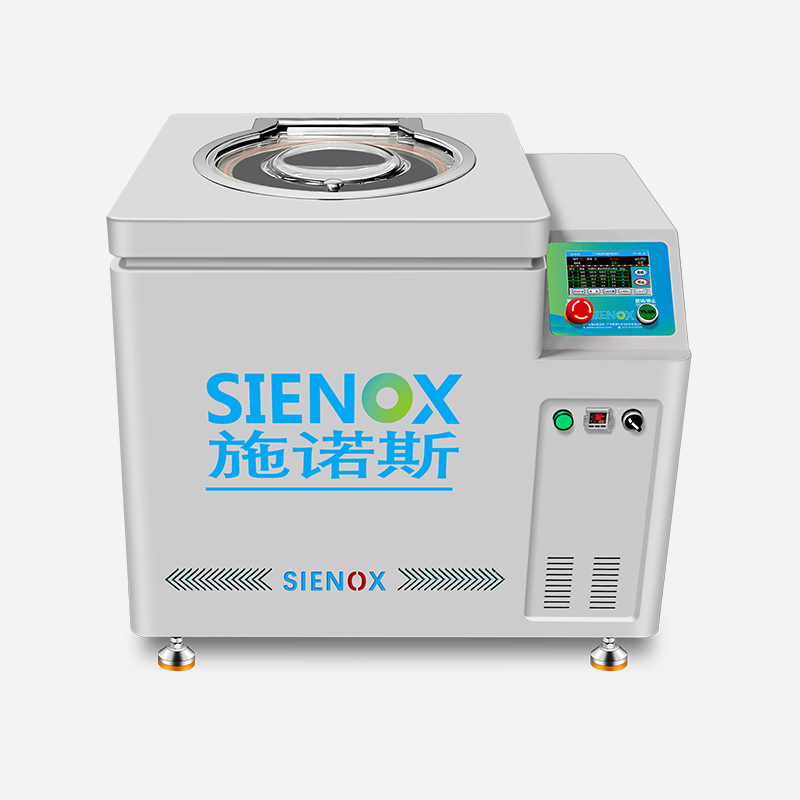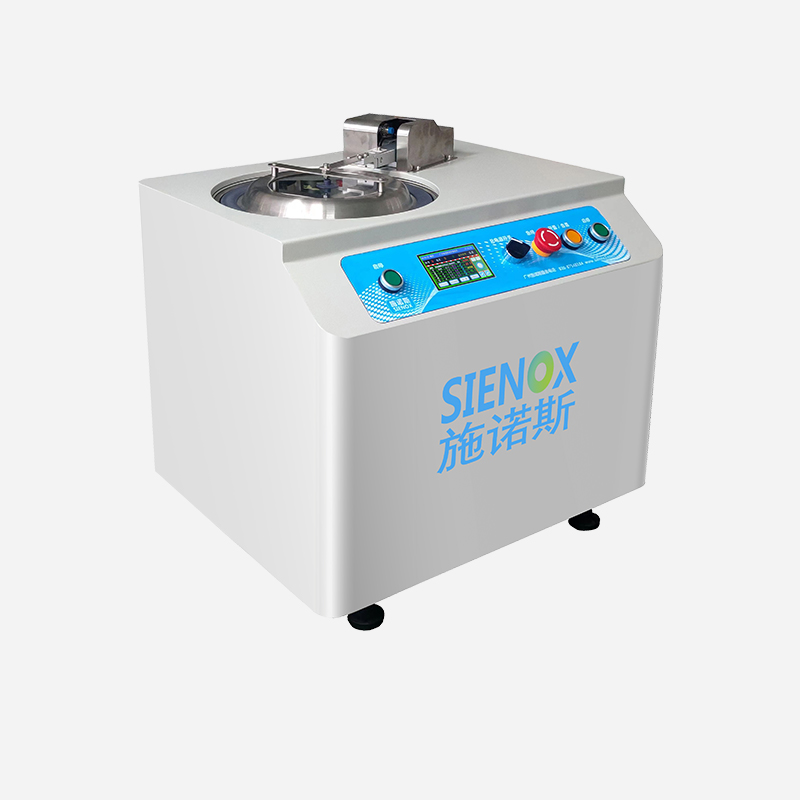
News

TEL:18925129293
How to more effectively defoaming glue and choose a suitable defoaming machine
date:2023-07-18author:SIENOXIn adhesive applications, degassing is a crucial process that ensures the quality of the final product. Through an effective degassing process, air bubbles in the adhesive can be reduced or eliminated, enhancing the bonding performance and overall appearance. This article explores how to degas adhesives more effectively and choose an appropriate degassing machine.

I. Pre-treatment:
Before using the adhesive, proper pre-treatment can help improve degassing effectiveness. Start by thoroughly stirring the adhesive to ensure component uniformity. Additionally, using a vibrator or gently tapping the container can assist air bubbles in rising to the surface.
II. Vacuum Degassing:
Vacuum degassing is a commonly used method for adhesive degassing. Here are some key points:
Choose the Right Degassing Machine:
When selecting a degassing machine, consider the following factors:
Vacuum Level: Different adhesives may require varying vacuum levels. Ensure the chosen degassing machine can provide the required vacuum range.
Capacity and Size: Choose an appropriately sized degassing machine based on actual needs. Ensure the container can accommodate the required amount of adhesive.
Control Features: Advanced degassing machines with temperature, vacuum level, and time control features can better meet specific degassing requirements for different adhesives.
Prepare the Degassing Container: Selecting a suitable degassing container is also a crucial step. The container should have sufficient sealing to prevent gas leakage. Ensure the container can withstand the required vacuum level and temperature.
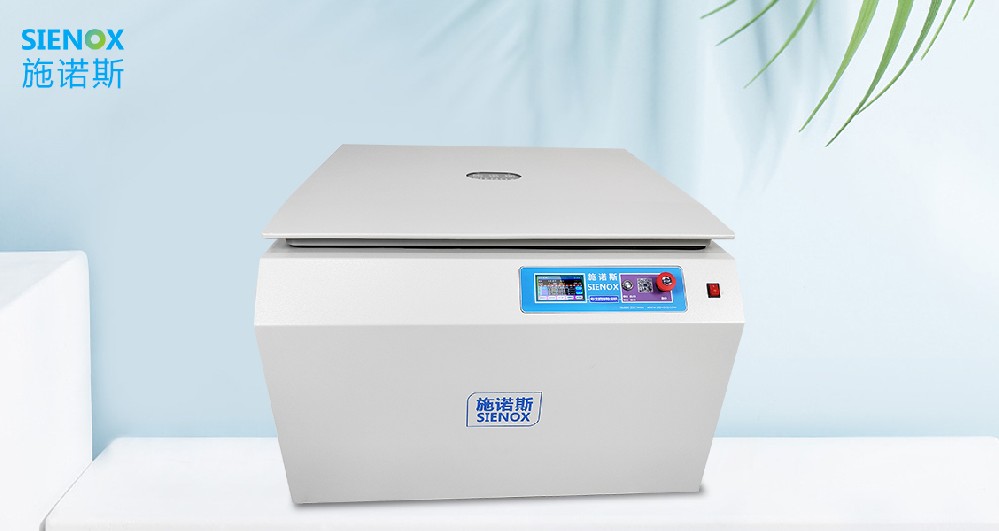
Perform Vacuum Degassing:
Pour the pre-treated adhesive into the degassing container.
Place the container in the degassing machine and seal it.
Gradually increase the vacuum level, typically performing degassing under low pressure to avoid adhesive volatilization.
Control the vacuum level and degassing time to ensure complete removal of bubbles from the adhesive.
Apply additional pressure during degassing in some cases to further facilitate bubble removal.
Environmental Recovery: After completing degassing, gradually restore environmental pressure to ensure pressure balance inside and outside the container, preventing sudden pressure releases that could introduce new bubbles into the adhesive.
By pre-treating the adhesive, selecting an appropriate degassing machine, and correctly operating the vacuum degassing process, adhesives can be degassed more effectively, improving bonding performance and overall appearance. Pay attention to the adhesive's characteristics and requirements, ensure the selection of suitable degassing equipment, and follow the manufacturer's guidelines for better degassing results.
Please note that the above suggestions are for reference only. Before undertaking any operations, carefully read and adhere to the manufacturer's guidance and safety instructions for the specific adhesive in use.






